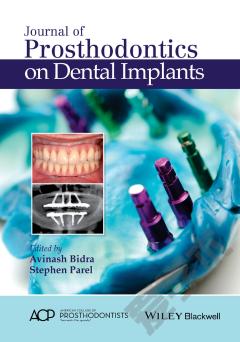Periodontal Aspects of Dental Implants
Current novel approaches are able to accelerate and enhance osseointegration making implant therapy a success. Appreciating the process of osseointegration is facilitated by a good knowledge and understanding of bone healing. Cell types, implant, bone, growth factors and cytokines are involved in a coordinated manner during bone healing around implants. This means that osseointegration should be regarded as an expression of the endogenous basic regenerative potential of the bone. Osseointegrated implants do not behave like natural teeth. Since they lack a periodontal ligament, the implants only have a tenth of the physiologic mobility of natural teeth. The final goal of implant therapy is controlled, guided andrapid peri-implant bone healing which leads to better and fast osseointegration allowing early implant loading. Clinicians must familiarize themselves with the underlying complex molecular and cellular events occurring at the bone implant or the soft tissue implant interface to evaluate better biologically driven strategies for dental implants with implant design and implant protocols, including surgical placement, restoration and maintenance.
{{comment.content}}








 京公网安备 11010802027623号
京公网安备 11010802027623号